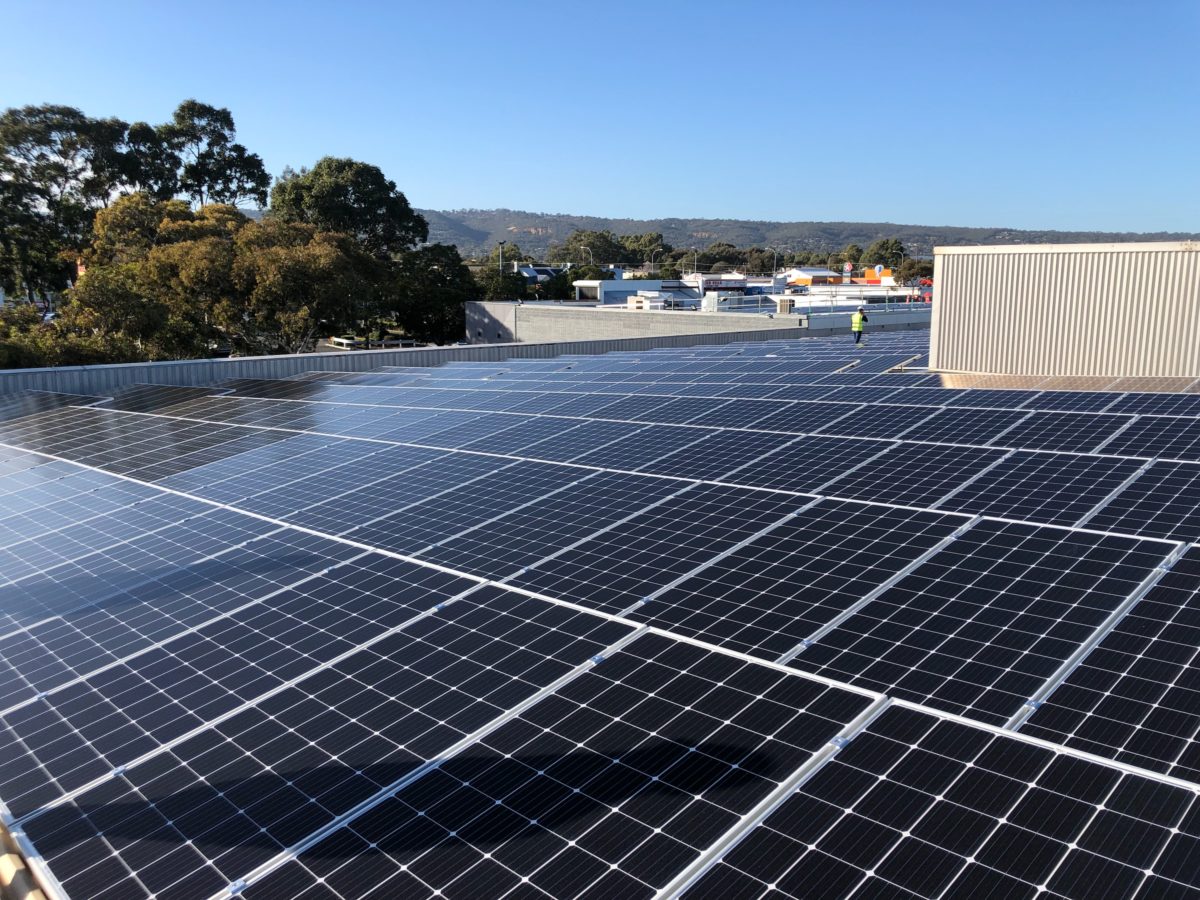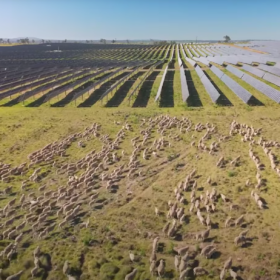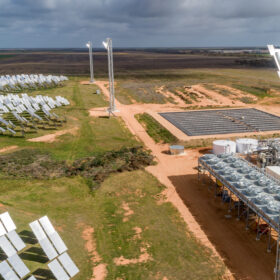In a first for a South Australian council, the City of Adelaide’s operations will be powered by a solar-wind electricity blend under a partnership with electricity retailer Flow Power. The switch will bring the City a step closer to its goal of becoming one of the world’s first carbon-neutral cities and help South Australia’s energy transition.
The power purchase agreement will see all corporate and community buildings, council event infrastructure, electric vehicle chargers, barbecues in the Park Lands, water pumps, street lighting, and traffic lights – everything that the Council operates -powered by renewable electricity. The electricity will initially be delivered from the 57 MW Clements Gap wind farm in mid-north South Australia. Two solar farms that Flow Power has acquired from Tetris Energy will in due course contribute around 25% of the City of Adelaide’s electricity supply. At this point, the two PV projects are under construction in Coonalpyn (4.95 MW) and Streaky Bay (3 MW).
“We signed this agreement at the end of 2019 and it is now ‘going live’. From 1 July, if it’s run by the City of Adelaide, it’s being powered by renewable electricity,” said the Lord Mayor, Sandy Verschoor. The electricity to be provided by renewable generation each year is equivalent to powering over 3,800 homes, reducing emissions by over 11,000 tonnes, or the equivalent of taking 3,500 cars off the road. Electricity cost savings are anticipated to be in the order of 20% compared to the City of Adelaide’s most recent contract.
The partnership will not only save ratepayers money but will help Adelaide achieve its goal to become a carbon-neutral council, reducing its emissions by approximately 50%. “One of the outcomes in our Strategic Plan 2020-2024 is for the City of Adelaide to be an environmental leader and we’re aiming to be one of the world’s first carbon neutral cities – switching all of our own operations to renewable electricity will help us achieve these goals,” Verschoor said.
Flow Power Co-Founder and Director, David Evans, said the agreement cements South Australia’s position as a world leader in renewable energy. “We are happy to be a part of that momentum, which will also see the City of Adelaide support the delivery of new solar projects into the state and the energy market,” he said.
Switching to renewable electricity is only one part of how the City of Adelaide is taking action to address climate change. In 2019, new solar panels were installed in four additional locations, increasing the City of Adelaide’s total solar power capacity to over 1.1 MW. Buildings such as the Adelaide Town Hall, works depots, car parks, Adelaide Central Market and Adelaide Aquatic Centre are being powered by on-site solar power, saving the City of Adelaide 12% in building electricity use and over a quarter of a million dollars per annum.
In addition, the City is offering support and incentives for its ratepayers and property owners to become more sustainable through a great number of incentives, including those for solar, bidirectional EV charging infrastructure, energy storage, and controlled load.
Early last year, Melbourne became the first Australian capital to be powered by 100% renewable energy. Its achievement came after 14 members of the city’s leading universities, cultural institutions, corporations, and councils combined their purchasing power to support the construction of the 80 MW wind farm at Crowlands, near Ararat, with a long-term PPA inked with Pacific Hydro for 88 GWh of electricity per year.
This content is protected by copyright and may not be reused. If you want to cooperate with us and would like to reuse some of our content, please contact: editors@pv-magazine.com.








4 comments
By submitting this form you agree to pv magazine using your data for the purposes of publishing your comment.
Your personal data will only be disclosed or otherwise transmitted to third parties for the purposes of spam filtering or if this is necessary for technical maintenance of the website. Any other transfer to third parties will not take place unless this is justified on the basis of applicable data protection regulations or if pv magazine is legally obliged to do so.
You may revoke this consent at any time with effect for the future, in which case your personal data will be deleted immediately. Otherwise, your data will be deleted if pv magazine has processed your request or the purpose of data storage is fulfilled.
Further information on data privacy can be found in our Data Protection Policy.